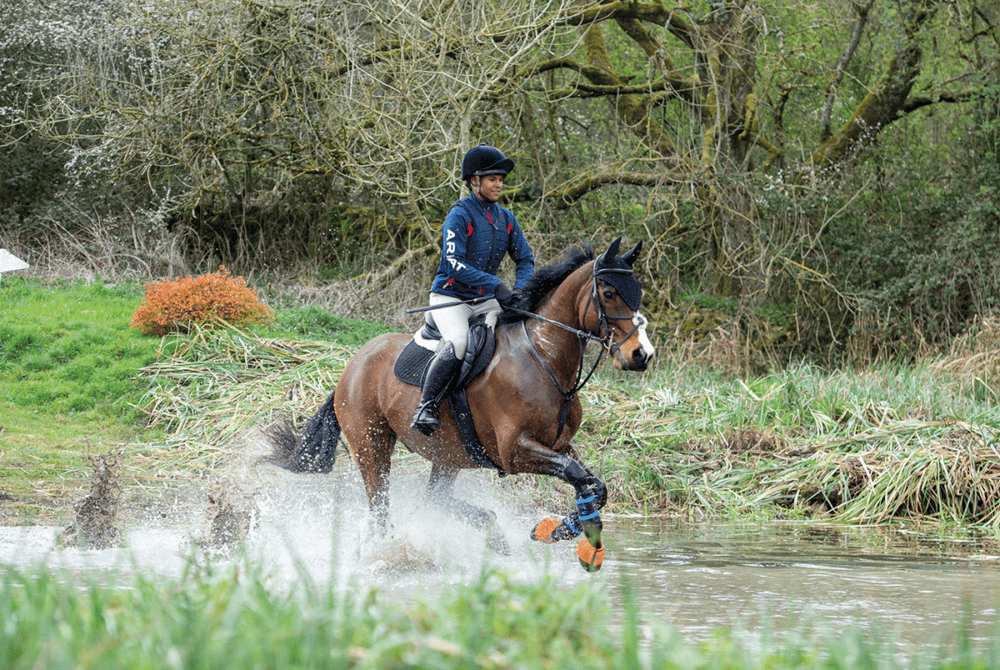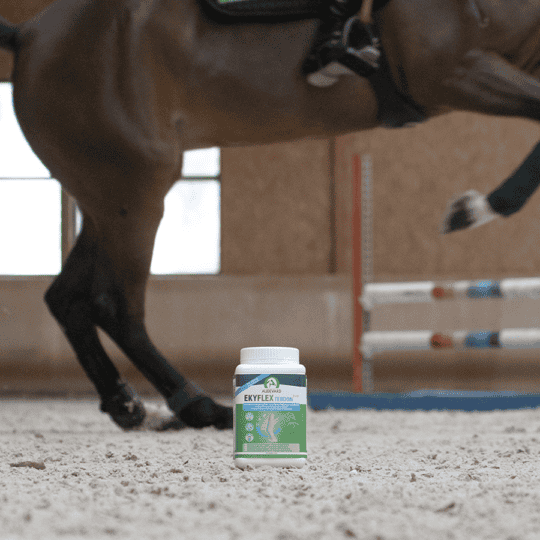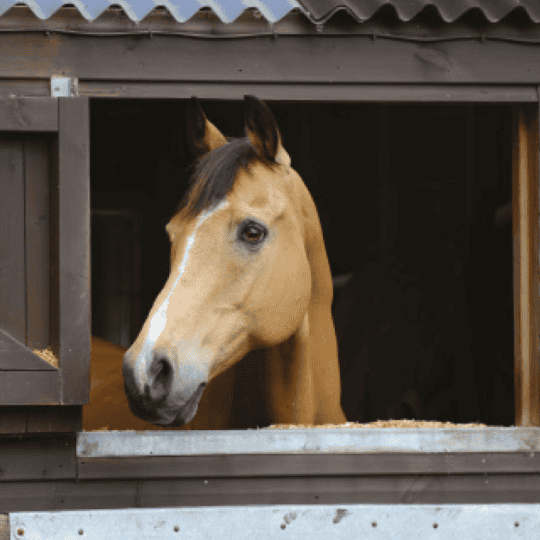Conquer cross country
Posted 9th June 2023
Running into trouble on the cross-country course? Olympic eventer Vittoria Panizzon is here to help you solve some common problems

Cross-country courses are designed to test our skills, so it’s no surprise that the challenges we’re presented with can lead to a few difficulties now and again. Whether your horse is known for running out the side door or simply for being too fast, check out my problem-solving tips that will help fine-tune your round and enhance your cross-country toolkit.
Mind games
Granted, spending time getting to know your horse on every level is a significant factor in your success, but horses have minds of their own and individual personalities, and we should never lose sight of that. Some horses are more inclined to pick up the pace and leave you struggling for control, while others back off fences with little excuse. In some cases, this can make them unpredictable and, therefore, your task of getting the pair of you from A to B becomes difficult. Dealing with horses who are spooky, nappy or too speedy can be mentally and physically draining, so let’s look at how you can overcome these all-too-common problems.
Spooking
Spooking can lead to a change in rhythm or direction in the blink of an eye, so ensuring you’re perfectly in balance with your horse and able to go with his movement is key. If he’s particularly spooky, think about keeping your shoulders back and riding in a forward, positive rhythm. Using clear, positive aids, as well as your voice to count the strides or to give your horse a few words of encouragement, can help keep you focused on your rhythm and the next obstacle ahead of you.
Napping and running out
Napping can be very frustrating, but there’s one rule to stick to if your horse longs to be back with his friends – make him think forwards by riding forwards. Remember to do the opposite of what he wants – if he drifts right after a fence, while you’re training always turn him left until he understands that you’re in control, not him, then mix it up to check he’s listening. If your horse has a habit of running out to the left, halt him as soon as possible, then turn him to the right – or vice versa.
Horses are quick learners and once they realise they can take control and get what they want, they’ll be more inclined to do it again. Therefore, you need to remind him kindly that you’re in control and he should be responding to your aids.
Speed
Speed is a huge element of cross-country riding, but you can incur time faults for being too fast (as well as too slow), so it’s of no benefit to blast around the course – plus, it’s unsafe and you’ll put yourself and your horse at much greater risk of injury. If he has a tendency to rush or pull, it’s easy to simply pull back all the way into the fence to try to slow him down, but that will only cause your horse to lift his head, disrupting his rhythm and balance.
Try riding a half-halt on your approach, then allow your horse to look at the jump by softening and lowering your hands. Avoid adjusting anything within the last few strides, but as soon as you land, sit tall and use your weight to slow him down until he’s stopped completely. Give him a pat and then pick up trot and try it again. Keep practising this until your horse understands that when you sit tall in the saddle, he needs to come back to you.
Read more of Vittoria’s top tips for tackling cross-country fences in July Horse&Rider – get your copy today!











